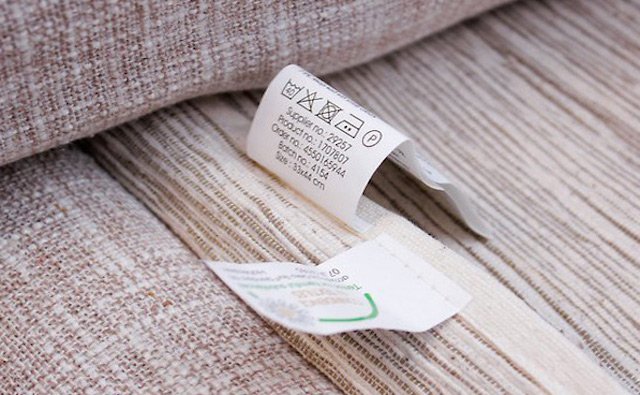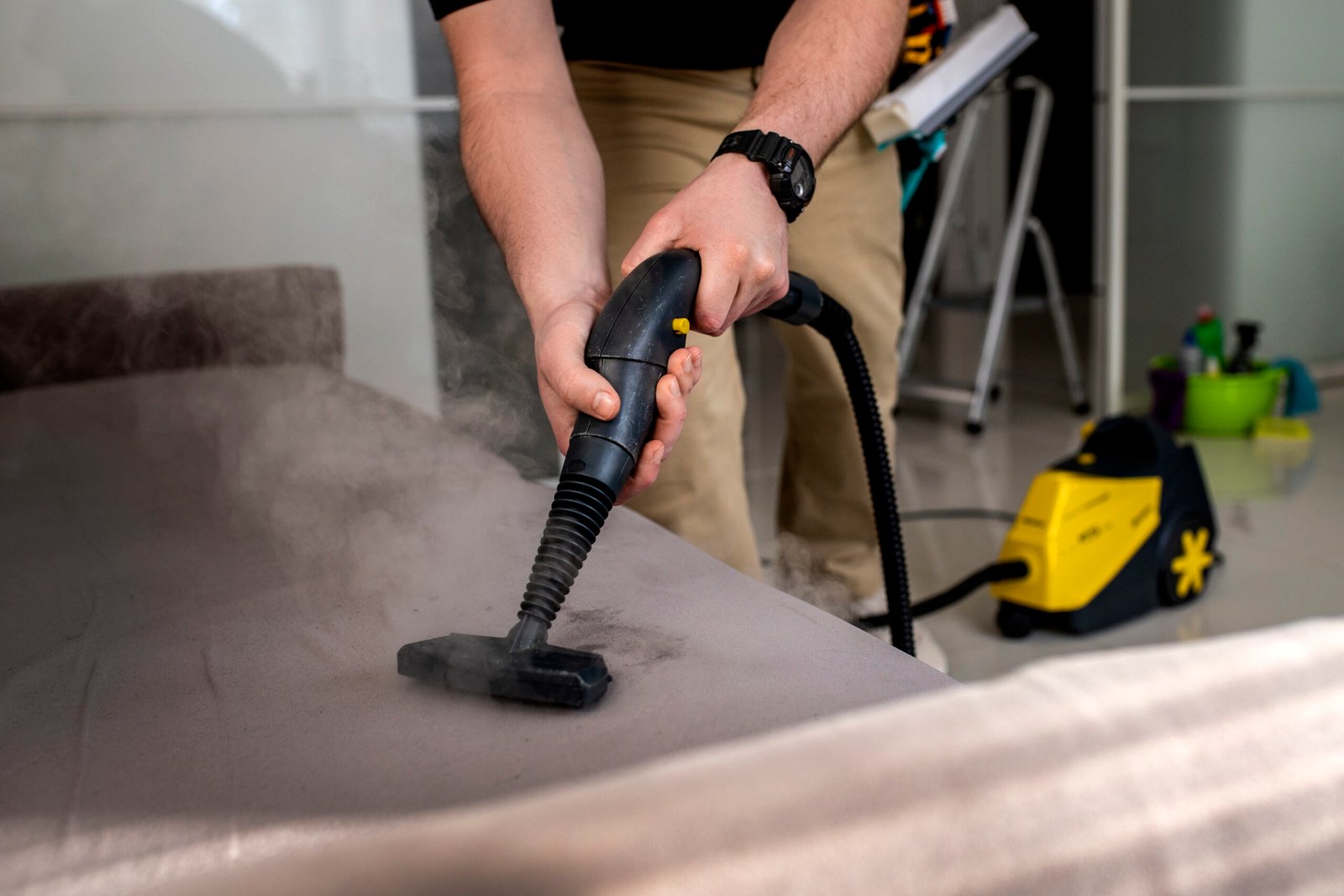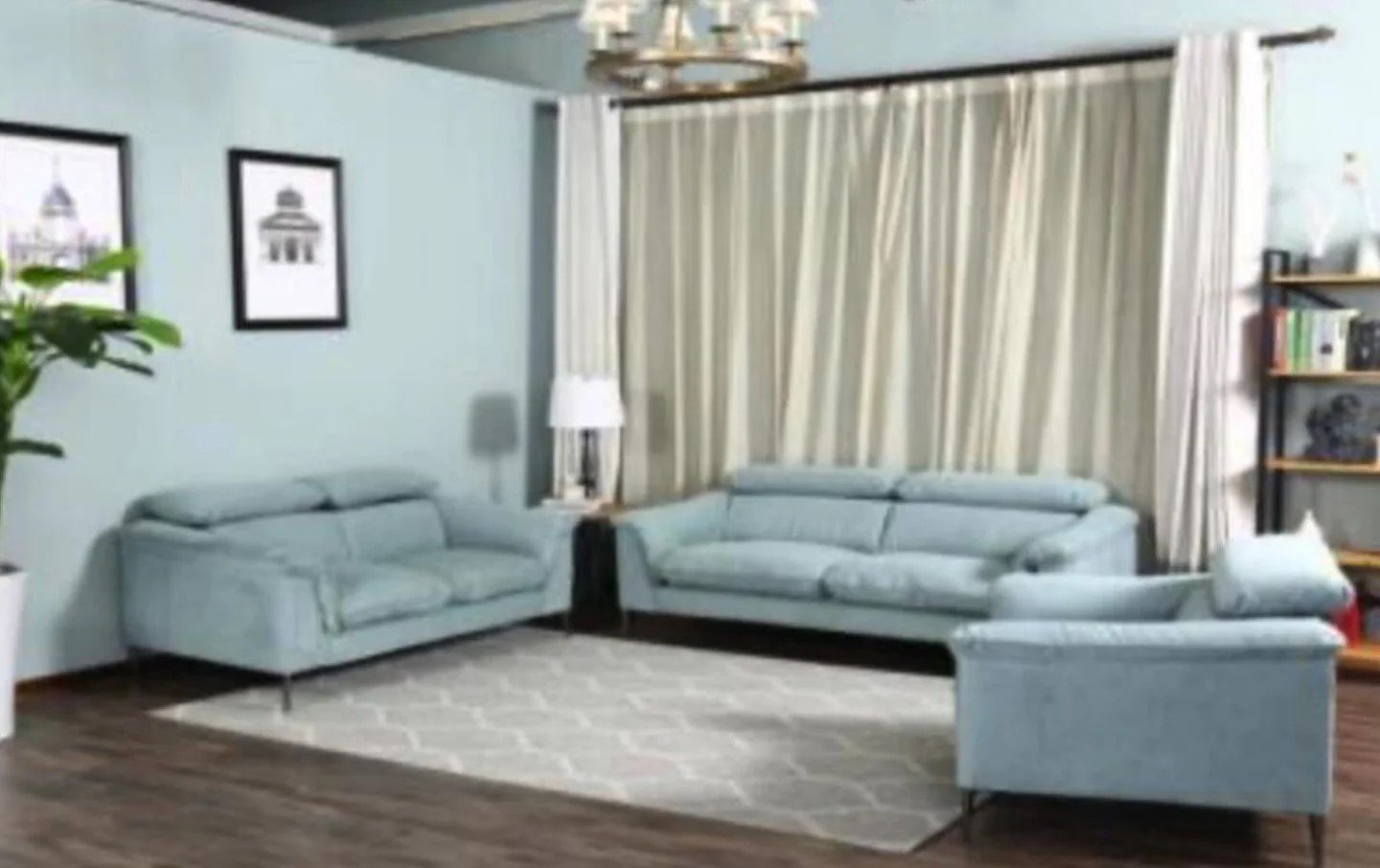How to Clean and Maintain Upholstered Furniture Like a Pro
Upholstered furniture, whether a plush sofa, a cozy armchair, or a set of dining chairs, plays a vital role in our homes. These pieces are not only centerpieces for family gatherings but also everyday essentials that see the most wear and tear. Over time, they can accumulate dust, stains, and odors, making it essential to preserve their appearance and longevity. For this, implementing cleaning and maintenance tips and strategies is pivotal.
With a little proactive care, you can keep your upholstered furniture looking its best while extending its lifespan. To help you with this upkeep, our pros at Jasons Furniture Outlet have curated this expert guide outlining the best techniques to keep your upholstered furniture looking new for the years to come.
Know Your Upholstery Cleaning Codes
One important aspect of cleaning upholstered furniture is awareness of the fabric type and associated care instructions. You can easily find this in the form of cleaning codes. These codes provide invaluable guidance on the safest cleaning methods and help prevent mishaps like permanent stains or color fading.
Where to Find Cleaning Codes:
Look for a tag or a label, usually located under the cushion or on the base or back of the furniture, that details the cleaning code. Familiarity with these codes can simplify your cleaning routine, making it more effective and less risky.
Understanding Cleaning Codes:
Understanding cleaning codes and their implications will make you well-equipped to keep your upholstered furniture in excellent condition. This will ensure that your upholstery withstands the test of time, remaining a beautiful focal point in your home. Proper knowledge will not only help maintain the aesthetic appeal of your fabricated furniture but also enhance its durability.
- W: This code means use water-based cleaners only. It is often associated with synthetic fabrics such as microfiber, polyester, and nylon. Acceptable cleaning options include mild dish soap, upholstery shampoo, or steam cleaning.
- S: This code indicates that only solvent-based cleaners should be used, with no water at all. It is commonly found in natural fibers such as wool, linen blends, velvet, rayon, or chenille. This cleaning code requires dry-cleaning solvents to avoid discoloration or shrinking.
- WS: Fabrics with this code are versatile and safe for both water and solvent-based cleaners, making spot cleaning and routine maintenance easier. This is typically seen in blended fabrics like cotton-polyester, rayon-polyester, and other mixes.
- X: Reserved for delicate fabrics, this code indicates that no water or solvent-based cleaners are suitable. Only vacuuming or brushing is allowed, and it often applies to materials such as silk, wool, or untreated cotton.
Vacuum Regularly for Dust & Allergens
To keep your upholstered furniture looking fresh and vibrant, vacuuming should be part of your cleaning routine. Even with prompt stain removal and regular cleaning, neglecting to vacuum can harm both the fabric and your home’s hygiene. While your furniture may seem smooth and spotless, it can still trap dust, lint, and pet hair. Only thorough vacuuming can eliminate this.
Experts at the Jasons Furniture Outlet recommend vacuuming your couches and armchairs at least once or twice a week. If you let it slide for longer, dust, pet dander, and debris can settle deep into the fabric. This leads to stains, unpleasant odors, and potential fabric deterioration over time.
When vacuuming upholstered pieces, it’s essential to use the right technique, especially on delicate fabrics. Opt for handheld vacuums, canister vacuums, or cordless models, as they offer the control you need for quick touch-ups. Moreover, make sure to vacuum every nook and cranny. Dirt often hides not just on the surface, but in crevices, seams, and folds of cushions. Food crumbs, dust, and hair frequently accumulate between seat cushions, while arms and backrests can gather sweat and body oils from everyday use.
Key Vacuum Attachments:
- Upholstery Brush: Choose one with soft bristles to lift dirt without damaging the fabric fibers.
- Crevice Tool: This is ideal for getting into deep corners, seams, and between cushions.
- Turbo Brush Tool: If you have pets, this is a must-have for efficiently removing fur and lint.
Spot Clean Spills to Prevent Staining
Another vital aspect of maintaining your upholstered furniture is addressing spills and stains promptly. This is especially important in homes with pets or children, where furniture endures rough use. If a spill occurs, resist the urge to rub it immediately. Instead, follow the golden rule of stain removal: blot! Use a clean, dry microfiber towel or paper towel to absorb the spill without pushing it deeper into the fibers. This simple action helps prevent the stain from spreading and protects the fabric’s weave from wear and fraying.
Stain-Specific Solutions:
When it comes to tackling stains, understanding the type of stain is important. This will help you pick the right cleaning solution, which is more than crucial for successful removal. It is essential to recognize that not all stains can be treated in the same way due to their differing properties. Here’s a quick guide for tackling different types of stains:
- Water-Based Stains: Water-based stains are the easiest to work with, as they aren’t usually strong or deep. These stains refer to watery liquids such as juices, coffee, tea, or wine. A simple solution of detergent or dish soap does the trick.
- Oil-Based Stains: For oily or greasy stains caused by items like butter or makeup, cleaning them can be challenging. Immediately sprinkle cornstarch or baking soda over the stain and let it sit to absorb the oil. Vacuum off the powder and dab the area with a cloth dampened in rubbing alcohol.
- Ink Stains: Ink stains can be highly stubborn and penetrate deep into the fabric fibers if not treated on time. Lightly dab a cotton ball soaked in rubbing alcohol on the stain. Let it sit for about 10 seconds, then dry. Repeat this process if necessary until the stain lifts.
- Sticky Stains: These stains typically consist of syrups and gums. Use ice cubes to harden the substance, making it easier to scrape off with a plastic card or blunt knife. If any residue is left, you can remove it with a dish soap solution.
Establish a Deep Cleaning Routine
To keep your upholstery looking fresh, it’s essential to deep clean every 3 to 6 months. While routine maintenance like vacuuming and spot cleaning is crucial for preventing dust build-up, pet hair, and other debris, deep cleaning takes your efforts a step further. This process is non-negotiable for both enhancing the hygiene of your home and maintaining the integrity of the fabric.
Establishing a deep upholstery cleaning routine does not mean that you skip routine maintenance. Dusting, vacuuming, and spot cleaning are foundational steps, whereas a detailed cleaning session is required once every few months. However, the exact time frame for scheduling your deep clean depends on your usage frequency and general routine. If you find that you neglect daily maintenance, you may need to deep clean more frequently. On the other hand, if you’re consistent with your regular or weekly routine cleaning, your upholstered furniture may not need a deep cleaning session that frequently.
Additionally, remember to always adhere to the fabric care code for your upholstery. For fabrics coded W or WS, steam cleaning is the recommended method; this technique effectively lifts deep-set dust, eradicates bacteria, and eliminates odors caused by dirt, sweat, and oils. For fabrics labeled S or X, it’s best to consult professionals who specialize in upholstery cleaning.
Protect Against Fading and Fabric Wear
Regular deep cleaning is only part of the equation; protecting your upholstered furniture from damage is equally important. Direct sunlight, spills, and daily wear can lead to fading and deterioration. Shield your upholstered pieces from UV rays, which can significantly impact bright or dark colors over time, causing uneven fading. Natural fibers such as linen, cotton, and wool are particularly susceptible to sun damage, so place furniture away from windows and skylights or use curtains to prevent excessive sunlight. Consider using a UV protectant spray for added defense against harsh sunlight.
In addition to safeguarding against fading, preventing fabric wear and cushion compression is critical. Sitting in the same spot day after day can lead to uneven fabric wear and flattening cushions. To combat this, regularly flip and rotate your cushions to keep them plump and maintain the upholstery’s shape.
If your furniture sees heavy use, consider using slipcovers to protect against everyday wear and spills. Not only will this extend the life of your upholstered furniture, but it will also simplify your cleaning routine by making it easier to maintain a tidy space.








